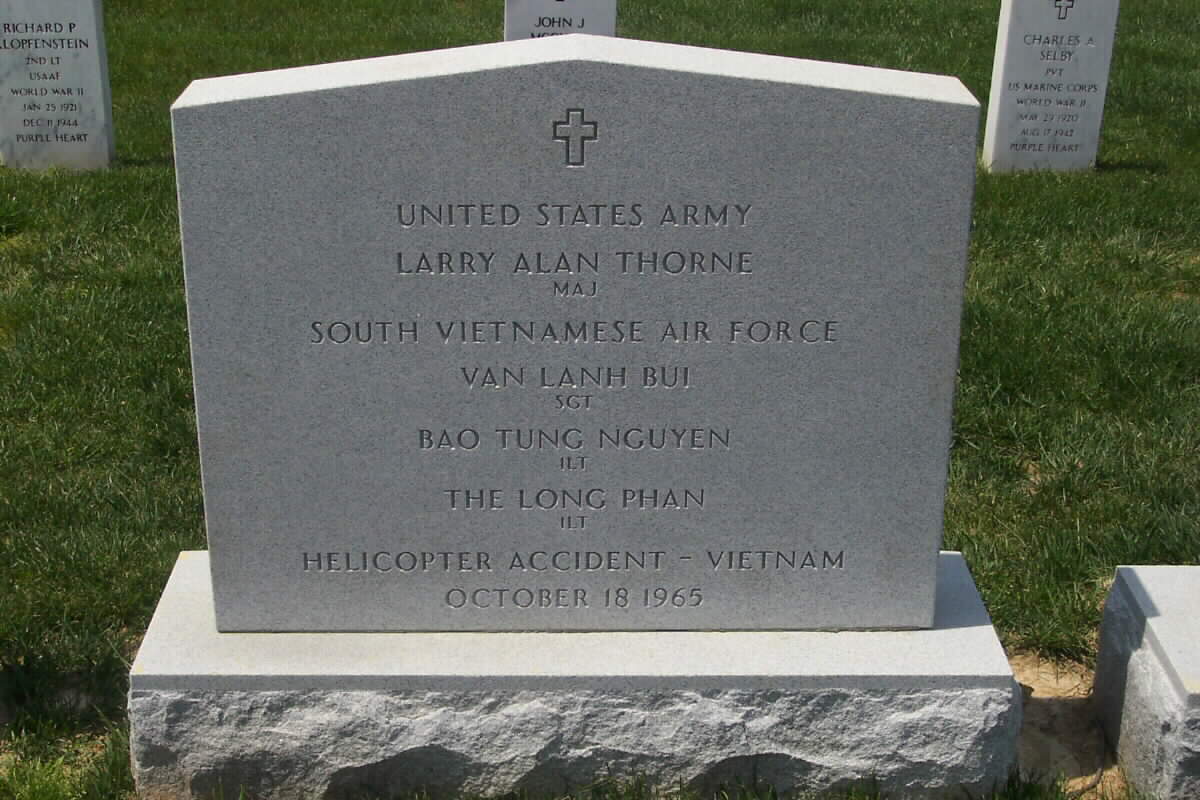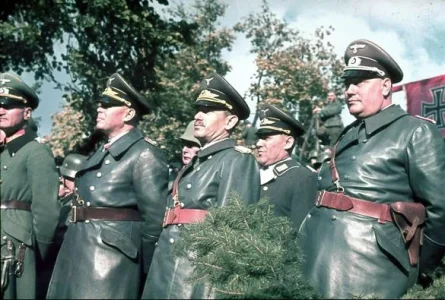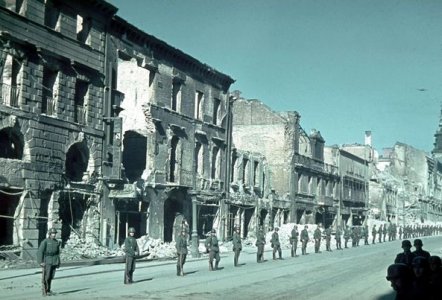Today in 1965, a soldier of 3 armies who dedicated his adult life to waging war against The Soviet Union, perished in a helicopter crash near the Laos-Vietnam border.
Born in Viipuri, Finland in 1919, Lauri Törni would join the Finnish army at the age of 19. Quickly rising to the rank of captain, Törni would serve as a ‘ski trooper’ in the Winter War against the invading Soviet Union.
Törni was one of many Finns who frustrated their Soviet invaders. His reputation would be made by conducting operations deep behind enemy lines. So successful was the Finn against his country’s invaders, that the Soviets placed a bounty of three million Finnish marks on his head (there is no record of any other bounty of this amount issued by the Soviets). When Nazi Germany invaded the Soviet Union in June 1941, Finland became an immediate ally and their renewed struggle against the Soviet occupiers would be called the Continuation War. During this second stage of the conflict Törni would be bestowed the Mannerheim Cross, Finland’s most prestigious medal for valor.
In 1944, Finland surrendered to the Soviets, but Törni did not. He fled to Germany where he was commissioned as a Waffen-SS officer and returned to combat against the communists at Schwerin, Germany. He was again decorated for valor while in the German army. As the war came to a close, Törni surrendered to the British army. He was kept in a British POW camp until extradition to Finland, wherein he was imprisoned for joining the German Army. The Soviets were pressuring the Finnish government to turn him over, so he could stand trial in Moscow. But in 1948, the President of Finland pardoned the war hero despite is multiple escapes from prison.
The Finn would not retire to a typical life and left Finland soon after. Adopting an alias as a Swedish seaman, Törni travelled across the Atlantic before jumping overboard in the Gulf of Mexico. He swam ashore near Mobile, Alabama and claimed political asylum. Congress granted him citizenship in 1953 and Törni adopted the ‘Americanized’ name of Larry Thorne. Larry would join the United States army the following year as part of what is now known as the U.S Special Forces. Larry became an instructor of skiing, mountaineering, survival and guerrilla tactics for the Green Berets, in addition to being commissioned as an officer.
Larry was well respected for his toughness, physical fitness and strength of will. In 1962, he led soldiers in an operation on top of the highest mountain in Iran to recover the bodies and classified material from an American C-130 airplane that had crashed. Despite multiple failed attempts by others previously, Larry and his men successfully completed the mission. When the conflict in Vietnam began heating up, Larry was sent to the Southeast Asian country to fight communism as part of the Military Assistance Command, Vietnam – Studies and Observations Group (MACV-SOG) .
During his second tour in Vietnam, Larry would lead the first cross-border MACV-SOG mission into Laos, to disrupt communist use of the Ho-Chi Minh trail. This would be the Finn’s last mission. Larry insisted on being in the last helicopter, so he could ensure everyone had been extracted. This helicopter encountered trouble when flying in low-visibility conditions and crashed. It was unknown at the time if Larry died in the crash as his body was not found during subsequent recoveries, but in 1999 his remains were discovered and successfully IDed.
During his short time in Vietnam, the career soldier was awarded 5 purple hearts, a Bronze Star and was posthumously awarded the Distinguished Flying Cross. Larry served with valor and was recognized for it in each army he chose to serve with. His family in Finland gave permission for his body to be buried in Arlington National Cemetery, where it now rests alongside the bodies of South Vietnamese servicemen whose bodies were recovered with Larry’s. Larry was 46 years old at the time of his death.
[Online References]
Get all the information you need at first hand. Self reviewed and self written. Real experts report on arlingtoncemetery.net

www.arlingtoncemetery.net

www.businessinsider.com
Posts about Lauri Törni written by Cape Cod Curmudgeon

todayinhistory.blog
Authored by CS















